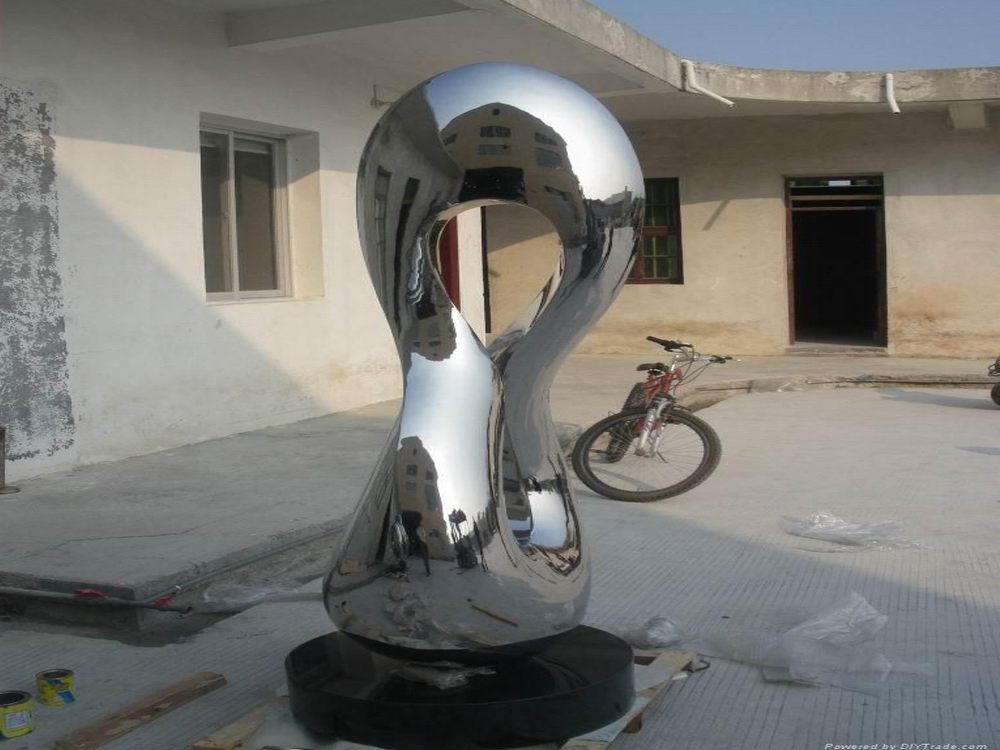
Bronze sculptures have long been admired for their durability and timeless beauty, but how do they fare in environments with heavy industrial emissions? The answer lies in bronze's natural properties and the protective patina that forms over time.
Industrial emissions, rich in sulfur dioxide and other pollutants, can accelerate the oxidation process of bronze. However, bronze's copper-tin alloy composition grants it remarkable corrosion resistance. When exposed to pollutants, a greenish-blue patina—primarily composed of copper sulfate and carbonate—forms on the surface. This layer acts as a shield, preventing further degradation of the metal beneath.
In highly polluted areas, the patina may darken or develop unevenly, but this rarely compromises the sculpture's structural integrity. Regular maintenance, such as gentle cleaning and wax coatings, can help preserve the artwork's appearance. Some artists even embrace the accelerated patination, using it to create unique, weathered effects.
For collectors and cities installing bronze art in industrial zones, choosing high-quality bronze alloys and applying protective sealants can extend the sculpture's lifespan. While no material is entirely immune to pollution, bronze remains one of the most resilient choices for outdoor art in challenging environments.
Ultimately, bronze sculptures not only survive but often gain character in industrial settings, their evolving surfaces telling a story of endurance against the elements.

